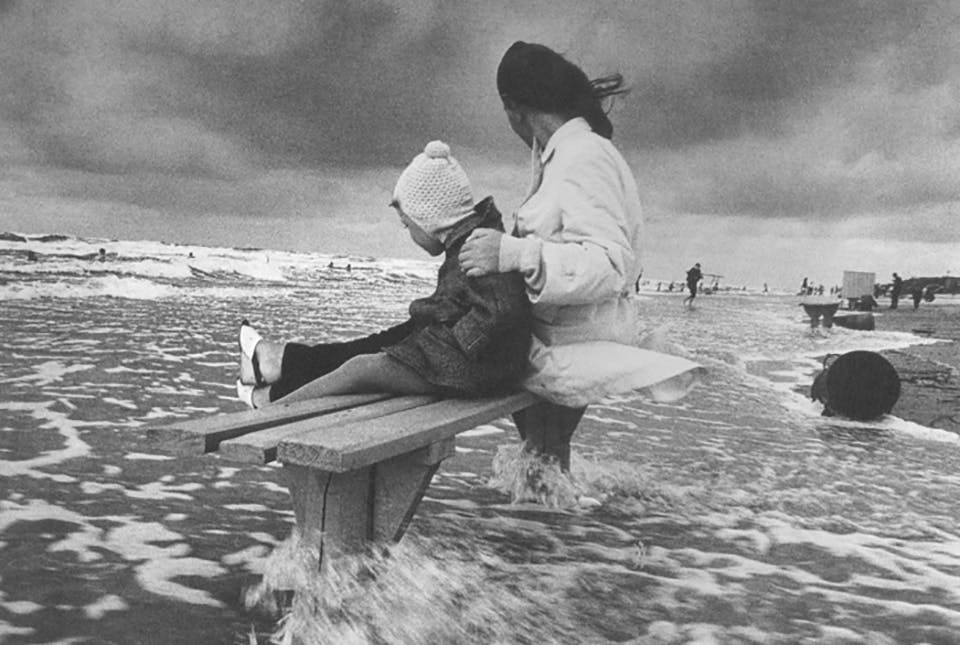
Evelyn Juers

Evelyn Juers is an art and literary critic, biographer, and co-publisher of Giramondo books. Her essays include ‘Claiming the Colossus’ (HEAT 2, 1996), ‘Janis Joplin’ (HEAT 7, 1998), ‘She Wanders: An Essay in Gothic’ (HEAT 15, 2000), ‘Trouble in the House’ (HEAT 20, 2009), and The Recluse (Giramondo, 2012). She is the author of House of Exile (Giramondo, 2008) which won the 2009 Prime Minister’s Literary Award (for Non-Fiction) and was published in the USA (Farrar, Straus and Giroux, 2011), France (Autrement, 2011), UK (Penguin, 2012), Spain (Circe, 2012), and Italy (Bompiani, 2015).







